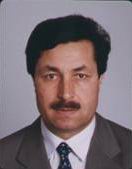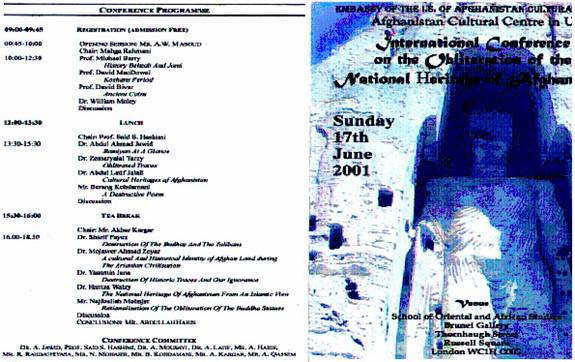


By: Dr. Haroon Amirzada
*****
بزرگترين فاجعه فرهنگی افغانستان
در مارچ 2001
بخش ا ول- چشم اندازی به افتخارات فرهنگی افغانستان
الف: افغانستان در
چار راهی تمدن ها
ب: ميراث های
بوديزم در افغانستان
بخش دوم -
طالبانيزم و وحشت
فرهنگی ( واکنش های جهانی)
بخش سوم - هويت تاريخی قربانی تروريزم فرهنگی ( واکنش
های روشنفکران افغنانستان)
بخش چهارم - طالبانيسم بحيث
مکتب خاص افراطيت مذهبی
بخش پنجم- طالبان جديد و بازی خطرناک جديد( بحث سرنوشت افغانستان در سايه منافع
استراتيژيک پاکستان و آمريکا در منطقه)
